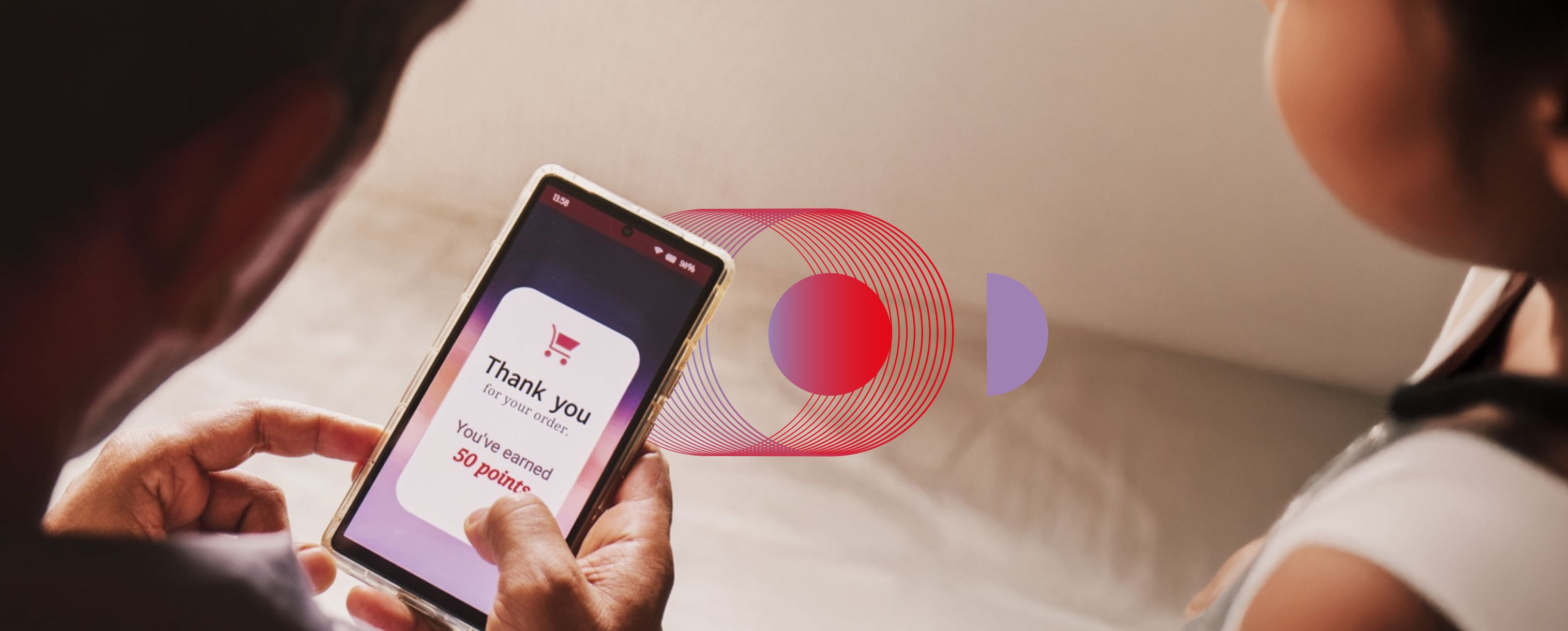|---Module:text|Size:Small---|
Beyond multichannel or omnichannel, optichannel refers to the ability to communicate and support a customer journey using the channel that is best for them given their overall objective – Optimal Channel. In other words, it’s not enough to be at all places at every time, but rather to be in the right place at the right time. Organisations need to move beyond siloed channels and embrace an approach that connects with the customer on the best channel for their needs and preferences in real-time. To achieve this, organisations need to be able to identify not just transactional and behavioural patterns of a customer, but also contextual information, as context combined with location-based services, artificial intelligence and real-time data drives the optichannel experience.
Optichannel encourages companies to simplify the experience for customers. Instead of offering more channels and integrating them, customer experience will benefit from clear guidance to fewer channels. And doing those few channels very well. In the future, we’ll see more companies favour the channels that work best while dropping others, even traditional ones.
An optichannel approach also suggests being transparent about waiting time, steps taken and necessary future steps. All about managing expectations as well as proactively guiding the customer to the best channel for his problem.
|---Module:text|Size:Small---|
How does Optichannel work?
Optichannel engagement is the marriage of two of today’s hot topics in customer engagement: journey mapping and big data. In an omnichannel experience, customers should be able to engage with an organisation on their preferred channel at every step along a journey. With an optichannel engagement strategy, businesses determine the optimal channel for each customer at each touchpoint, based on the goals for the specific journey, customer information, interaction history, and contextual data.
Optichannel does not mean more channels. It means the most straightforward customer journey and adequate channel navigation.
Another affected domain is personalisation. There is personalisation as we know it today: taking customer behaviour and account history, and sending a personalised message, usually via email, at a certain time of the month or when there is a marketing campaign. But is it relevant for the client at that time? Is the client even at a place likely to check his email or some other channel? Customers expect an optimal message, at an optimal time on an optimal device. Optichannel provides such an experience by using available geolocation, Wi-Fi and beacon technologies. Talking about personalised, in context, relevant and timely communication. That’s the core of Optichannel.
|---Module:text|Size:Small---|
From Omnichannel to Optichannel
An omnichannel strategy is essential and may be the first step in a more complex approach to drive customer experience: the optichannel.
A lack of insight regarding context paired with an effort to be everywhere at once is creating a growing disconnection between how brands are attempting to deliver their message and how customers want to be communicated with.
Omnichannel defends and promotes that customers could start the process on the web and continue it later at the retail store or when a customer lands on a particular product page on the website, the retail agent could cross-sell that product the next time the customer comes to the store. However, customers have a propensity to stick to the channel of choice most of the time, i.e., customers who prefer online shopping don’t necessarily have the same desire to go to the store regularly, too.
In omnichannel, the relevant communication history and context information are synchronised across all channels. This offers the customer a ‘seamless experience’ even if he first calls, then sends an email, and then starts a chat. Over the past years, omnichannel has indeed turned into the holy grail of customer experience (CX), but evolution doesn’t stop here.
Optichannel may be the next step: just as with personalisation, companies need to use data to tailor the customer experience at a one-to-one level. As customer demands prediction, personalisation, and optimality of each channel, it’s necessary to focus efforts in areas such as Big Data, Artificial Intelligence (AI), and Machine Learning. Such tools would help CSPs learn which channel could handle customer’s tasks and how each channel improves CSP’s business indicators, e.g. facilitates the promotion of added value services. Moreover, CSPs must be better aware of their clients’ demands and typical problems.
|---Module:image|Size:Small---|

|---Module:text|Size:Small---|
In Part 2 of this article, find out what Optichannel is used for, along with the role it plays for the Telecommunications industry.











